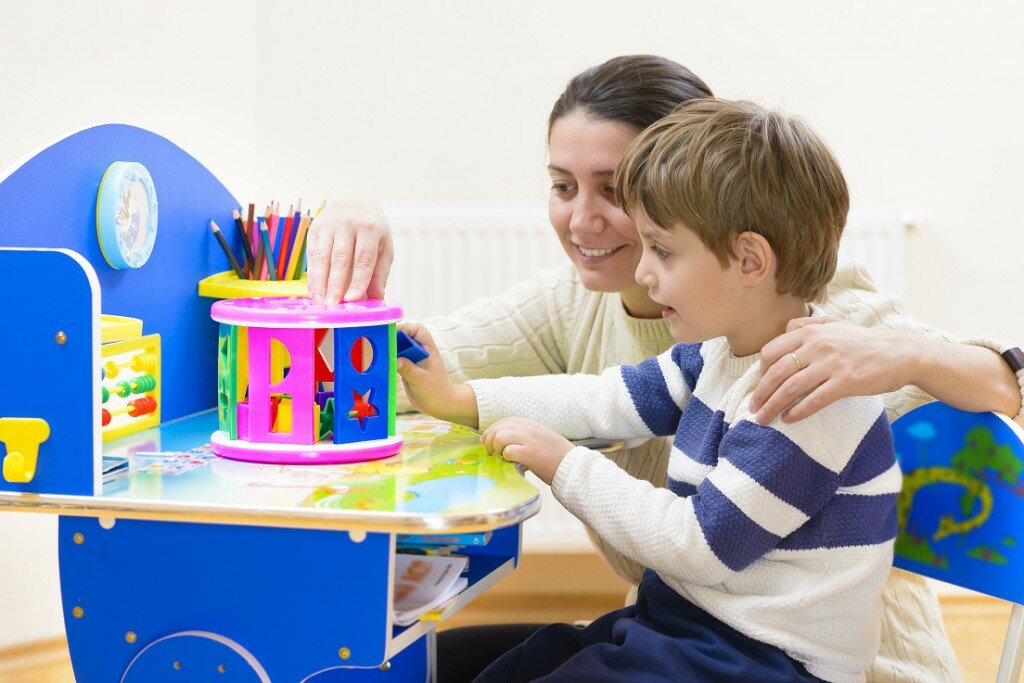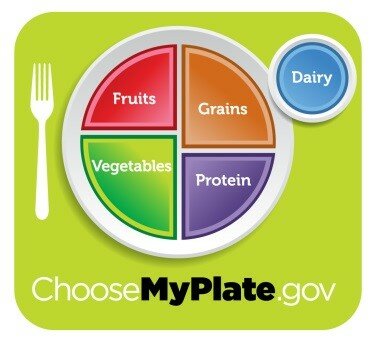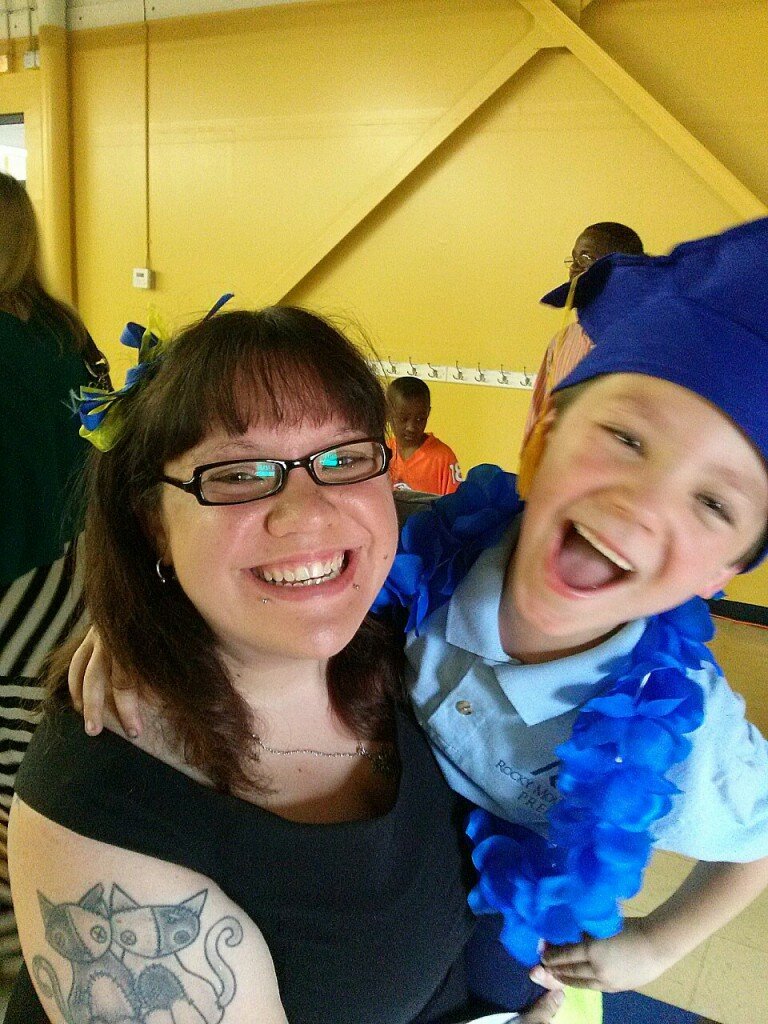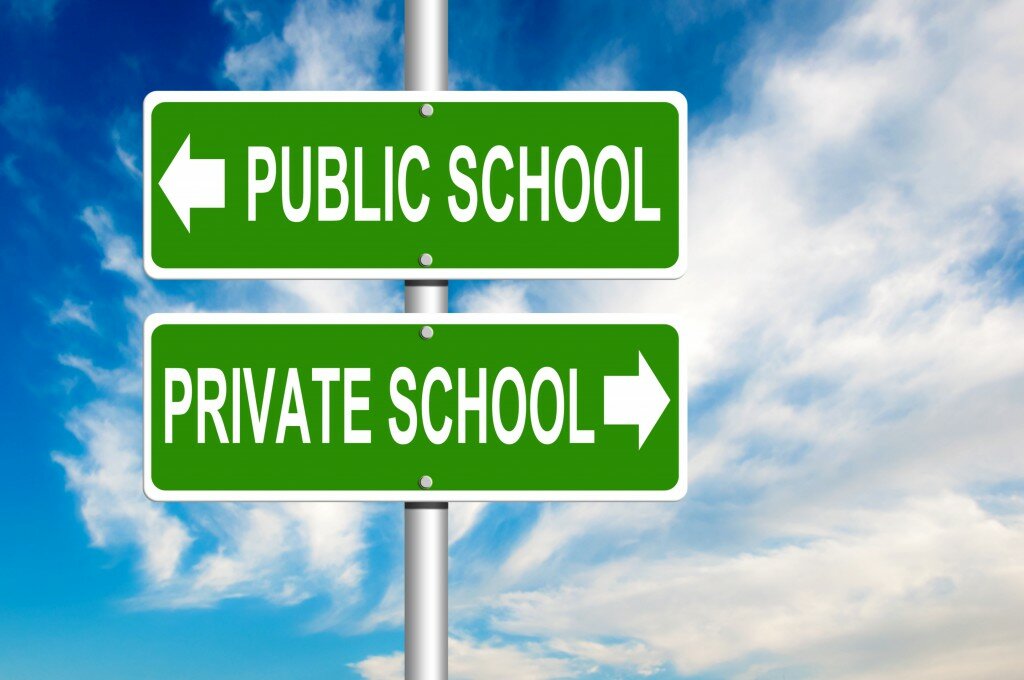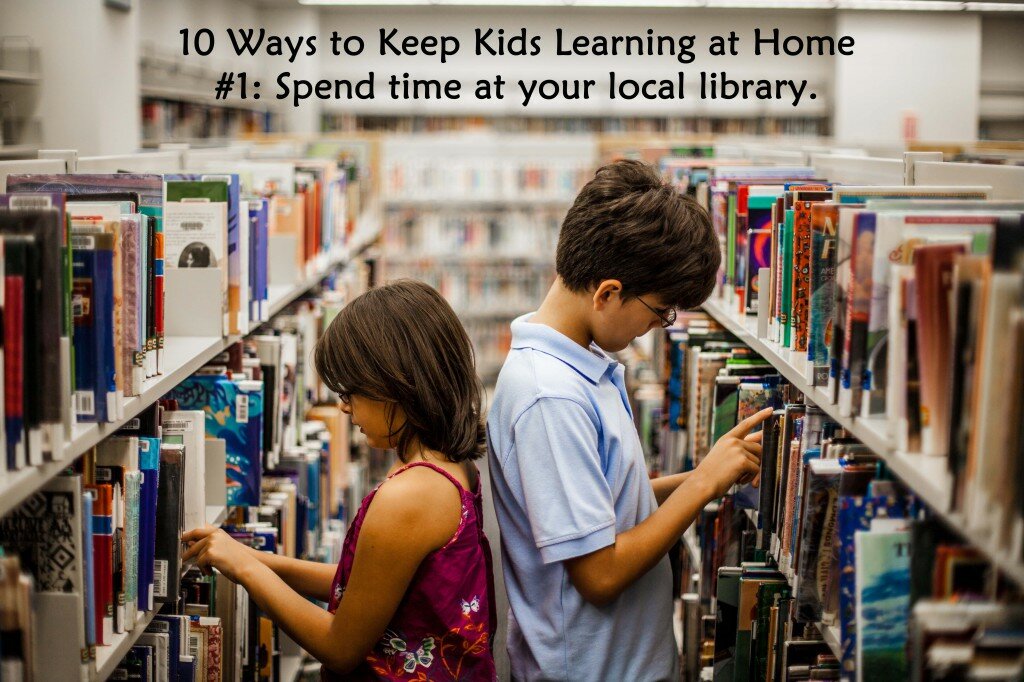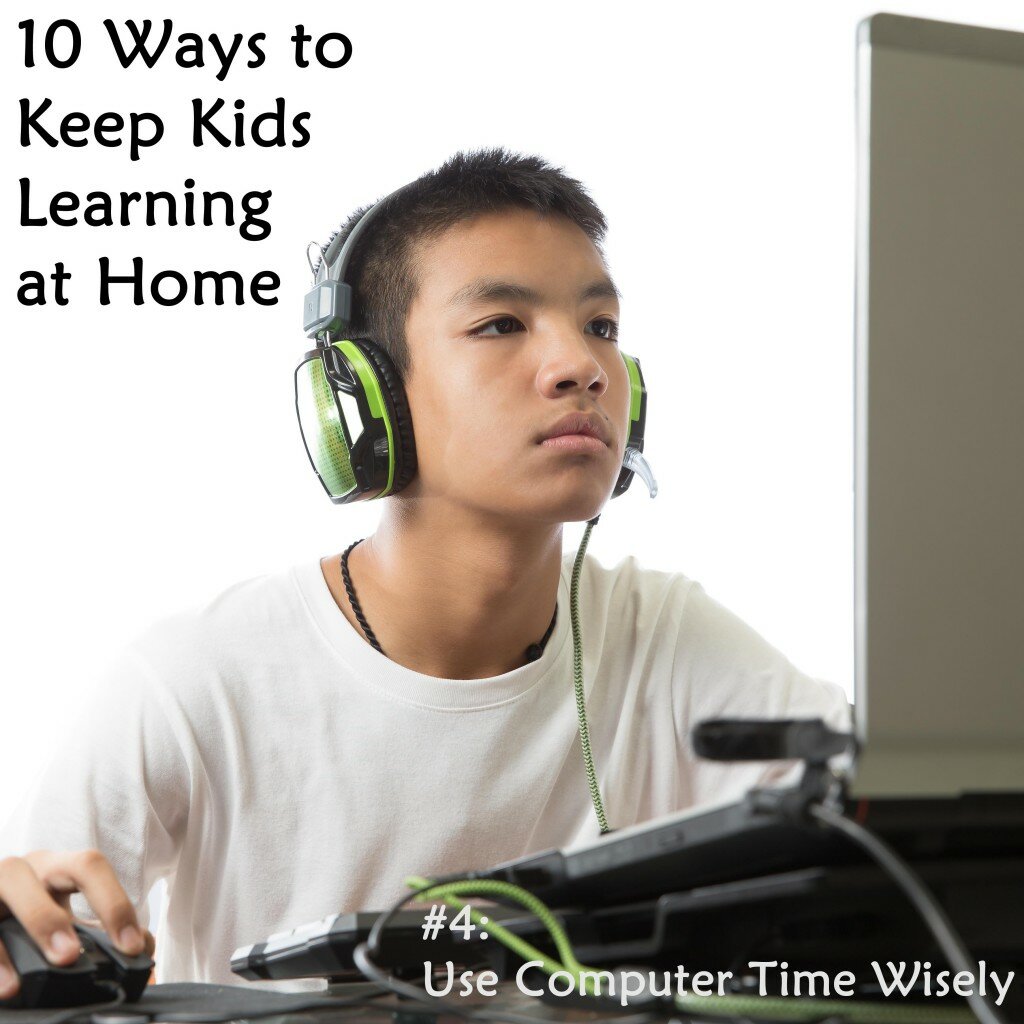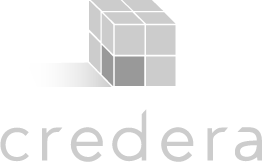 Before I had kids, my entire experience with the term “gifted” was when I spent a couple weeks at a “G&T” summer camp during middle school. Everyone seemed to be carrying a clarinet on their way to a chess game. To be fair to my parents, I was a homebody who also hated tennis camp. But my perception of gifted people as brainiacs in a culture I didn’t belong to was cemented.
Before I had kids, my entire experience with the term “gifted” was when I spent a couple weeks at a “G&T” summer camp during middle school. Everyone seemed to be carrying a clarinet on their way to a chess game. To be fair to my parents, I was a homebody who also hated tennis camp. But my perception of gifted people as brainiacs in a culture I didn’t belong to was cemented.
When I had kids and started becoming interested in where kids go to school, I met people in our neighborhood whose children attended a nearby public gifted school. And every time I met one of these parents I thought—ohhh, their kids are little Hawkings. That must be crazy up in there.
And then I had a friend whose daughter was a school year ahead of my oldest. She had her daughter IQ tested, and she tested off the charts. And this was a girl who I’d witnessed stomping around the playground, flinging wood chips with the best of them. Then my husband and I started to talk with more people about the topic of giftedness. And I don’t know if it’s the people we happen to know, or that the gifted bar isn’t as high I’d imagined since my summer at G&T camp. Almost everyone we talked to seemed to have at least one gifted child.
And different parents’ perspectives on giftedness and education were so bifurcated. On one end, there are people who said that giftedness is a type of special need. One dad said that if your child were autistic, you wouldn’t give them a mainstream education. Giftedness carries just an urgent of a need for a special kind of education.
On the other end of the spectrum, there are parents who are aware that their kids are intellectually advanced, but they may or may not get them tested. They firmly believe in going to the neighborhood public school where kids can experience a diversity of levels. One or two intimated that gifted schools “coddle” kids and artificially segregate them from the real world. Back to the other end, when I asked a mom of teenaged gifted children if she thought gifted elementary school had been necessary, she said “yes – it allowed my kids to have friends.”
To be fair to the parents that I’m quoting, there are gifted children with widely varying levels of giftedness and social styles. We all see the world through the lens of our own children’s personalities, abilities and needs. So it’s pretty moot to say gifted education is bunk, or mainstream education is neglect for gifted children. Whatever’s right for your child is the right thing.
So far, our neighborhood school is working just fine for our son. But he’s only in kindergarten. In the long run, is the best thing for him to be able to be comfortable and conversant with people who are different from him, even if he might be little bored sometimes in class (which so far, he hasn’t been)? Or is the best thing to give him intensive, attentive education specifically tailored to his preferences and abilities, even if he may end up somewhat out of sync with the mainstream?
Either way, am I setting my kids up to do the best (and be the happiest) that they can, in the school choice I’m making? Lots of people bring up the fact that school is secondary to family. If you do things like read with your kids, take them to museums, send them to interesting camps, ask them open-ended questions and listen to their answers, they’ll have the intellectual exposure and confidence they need.
One veteran mom I met said that she and her husband had believed in supporting the neighborhood school by sending their kids there, even though the school’s assessment scores were low. She said she took the private school tuition they saved and traveled all summer with her kids, taking them around the country to different educational camps and immersive experiences. Other parents I’ve talked with wouldn’t take back a dime of the tuition they paid to gifted private schools. It’s at least nice to know that there isn’t just one way to approach this.
 Megan Freedman is a freelance writer and researcher, with a special focus on medical and wellness topics. She lives in Denver, Colorado with her husband and three children.
Megan Freedman is a freelance writer and researcher, with a special focus on medical and wellness topics. She lives in Denver, Colorado with her husband and three children.
 |
| 

